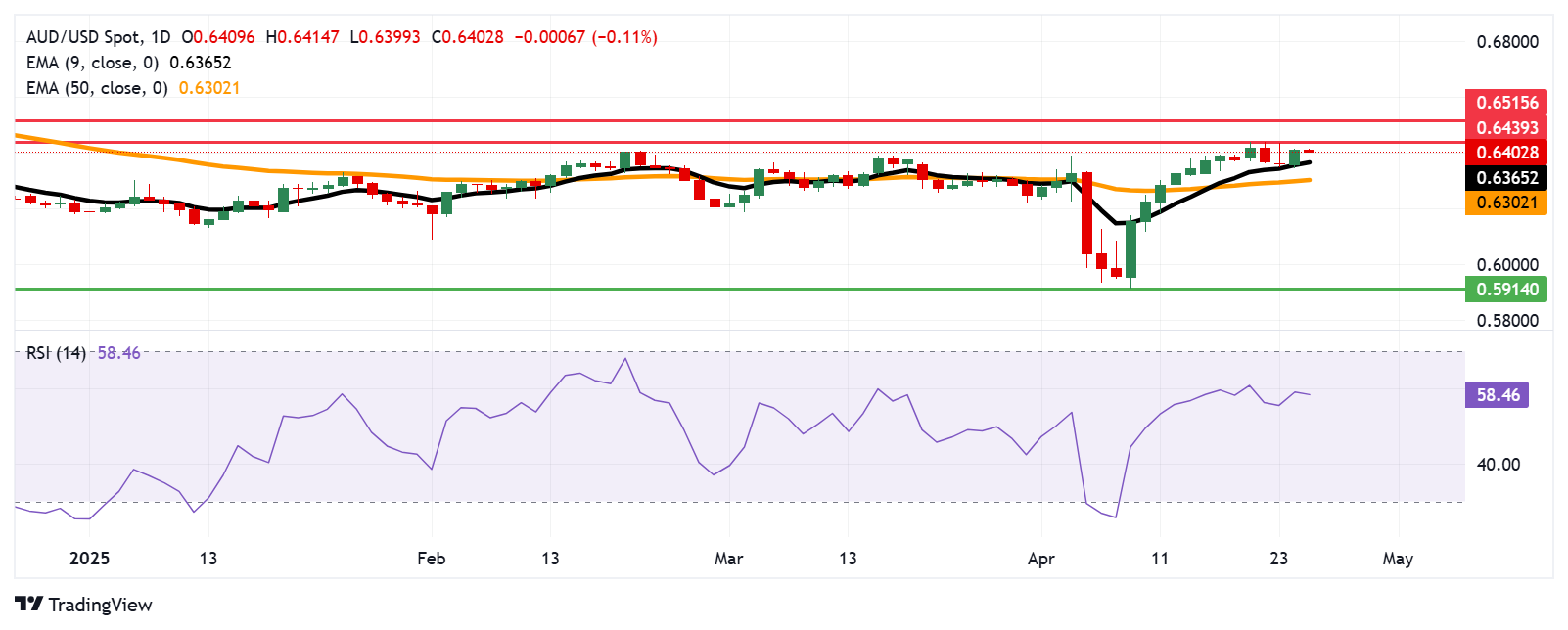The Australian dollar strengthened on Monday, climbing alongside broader risk assets after reports emerged that China is considering suspending tariffs on select U.S. imports. The development boosted market sentiment and supported currencies linked to global trade, including the Aussie, which often serves as a proxy for Chinese economic activity.
AUD/USD rose to around 0.6625, extending its recovery from last week’s lows as investors welcomed the potential thaw in U.S.-China trade tensions. While no formal decision has been announced, speculation that Beijing could ease duties on key American goods was enough to lift equities, commodities, and risk-sensitive currencies.

AUD/USD 1-D Chart as of April 25th, 2025 (Source: TradingView)
The Australian dollar, which is closely tied to China’s industrial demand and broader global trade flows, responded positively to the news. Improved trade relations between the world’s two largest economies would be seen as a tailwind for Australian exports—particularly in agriculture, metals, and energy.
The move also coincides with a softening U.S. dollar, as markets adjust expectations for future Federal Reserve policy. A recent pullback in Treasury yields and mixed economic data have led some traders to speculate that the Fed could pause rate hikes sooner than previously expected, creating room for other currencies to gain ground.
Technical levels suggest AUD/USD is now testing short-term resistance near 0.6630, with support seen around 0.6560. A confirmed break higher could pave the way for a push toward 0.6700, particularly if risk sentiment continues to improve and Chinese policy signals remain supportive.
For now, the Aussie remains supported by easing trade tensions and global optimism, but traders remain cautious ahead of key U.S. inflation data and official confirmation from China. Until then, the currency may continue to track broader market sentiment and headlines tied to global trade policy.
















